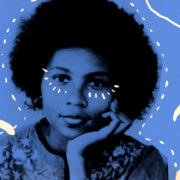When Did Fashion Photography Start Imitating Lifestyle Photography?
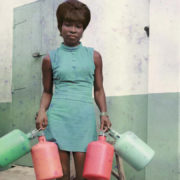
Fashion photography aesthetics over the years has changed vastly, in line with the fashion cycle. Right now, fashion photography seems to be heavily influenced by lifestyle photography, focusing on people and places, with the clothes not necessarily coming in second, but being more of an accessory than the focus.
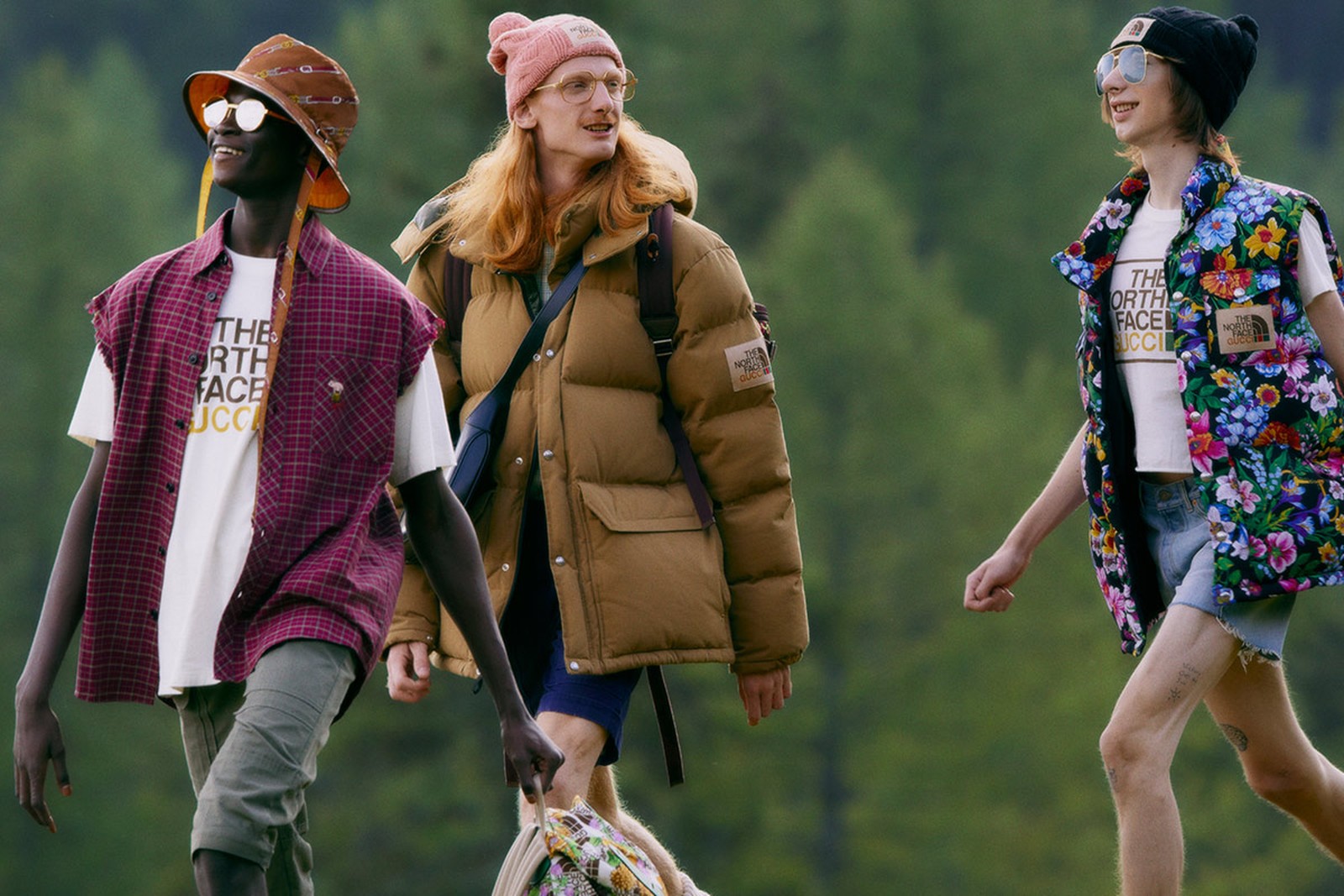
Of course studio photography is a mainstay of fashion photography but I’m thinking of brands such as Places + Faces, Cold Laundry or Gucci who adopted this fashion-lifestyle aesthetic when Alessandro Michele became their creative director in 2015. This style of photography is particularly evident in their latest campaign in collaboration with The North Face, set in mountainous greenery the models look like a group of stylish friends, who’ve known each other their whole lives, going on an adventure in the countryside.
Early influences that come to mind when thinking about this integration of fashion photography with lifestyle photography are Richard Avedon, Peter Lindbergh, Gordon Parks, and James Barnor.
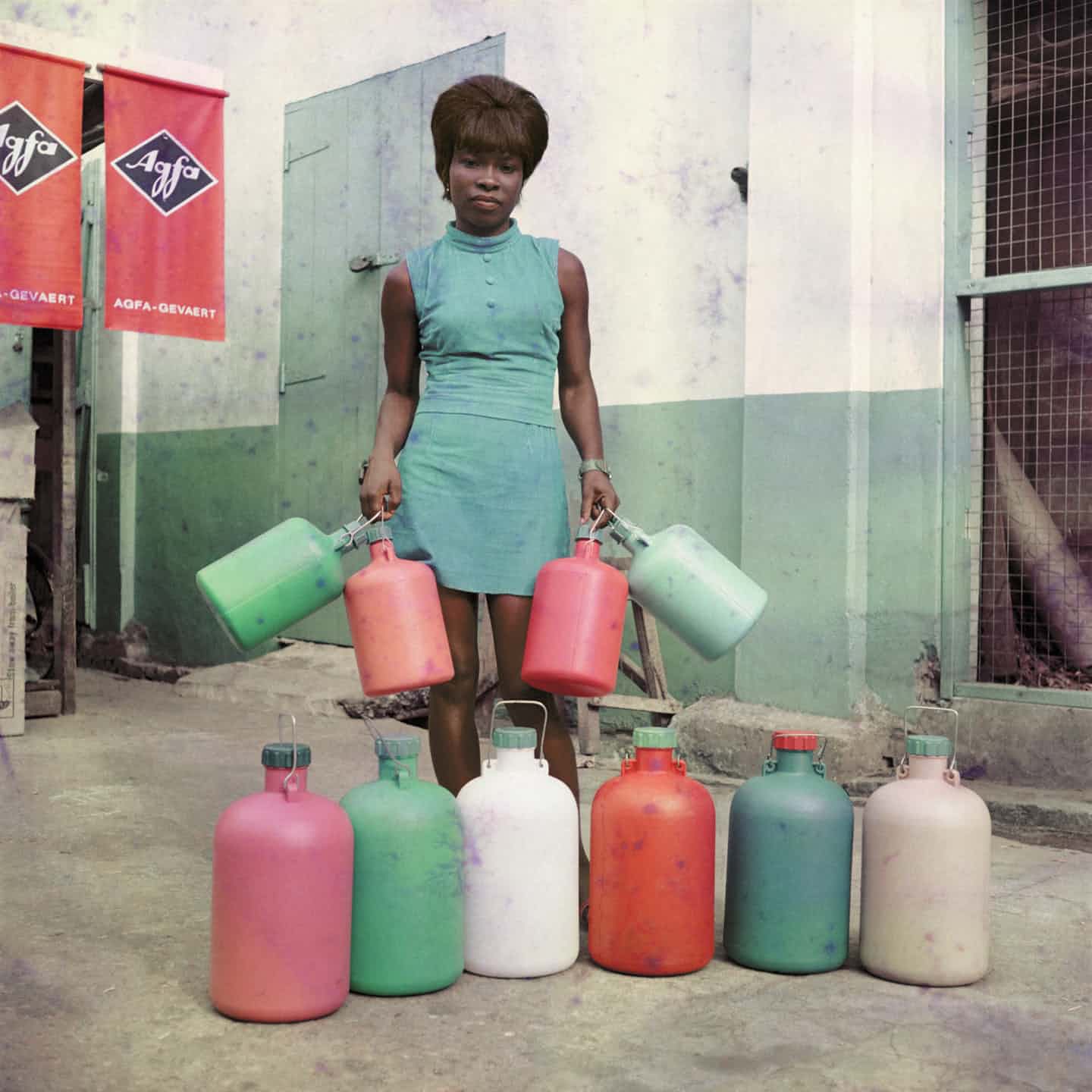
When digital photography interrupted the mainstream and revolutionised the fashion image, fashion photography and lifestyle photography became even more synonymous.
Digital photography has become affordable for most people and I’m counting the use of smartphones with decent cameras as part of this. Then came social media platforms like Instagram, where users would upload images of them living their lives, doing everyday things. When users on social media began to become popular for this casual yet very stylish aesthetic – who remembers #ootd? – this trend spread throughout apps like Instagram and I would say it permeated the fashion industry influencing the fashion-lifestyle photography we see today.
Today popular culture is no longer dictated to us by big brands and corporations. As a result what is popular right now is community culture, transparency and representation we can trust. These values are often not communicated authentically by bigger brands.
So it is the small start-up fashion brands, birthed on social media, and people who are just living their lives and posting about it that now influence popular culture and brands have little choice but to take notice and participate because culture rules everything around us.
It seems to be a contributing factor to the evolution from highly polished, classical style images to natural, nomadic depictions of the way fashion materialises in real life. The current style of fashion photography increasingly seems to imitate the way we live real lives rather than constructing aspirational worlds for us to live up to.
There has also been a shift from fashion photography trying to establish itself as an artistic medium to a more commercial aesthetic, with the focus on selling and buying through campaigns. As a result, people have to relate and connect with what they’re being fed; the aspirational elitist angle isn’t it anymore.
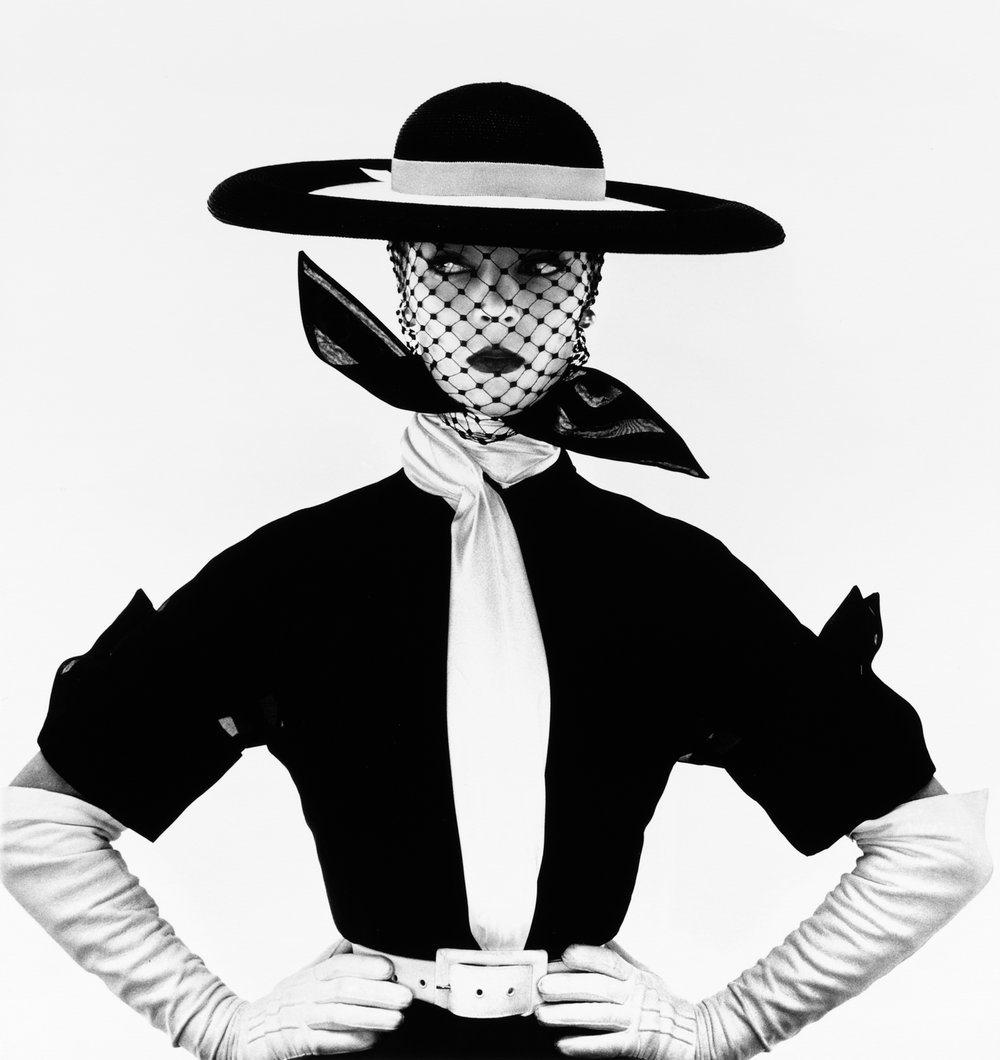
Fashion photography has imitated lifestyle photography in the past, of course in magazines such as Vogue, who used their images to appeal to the lifestyle of their readers.. mostly middle-upper class women, therefore excluding a large part of the population. So it’s not that fashion photography has begun imitating lifestyle photography but that it has become far more inclusive of the types of people and lifestyles it depicts.
Check out more fashion content here
